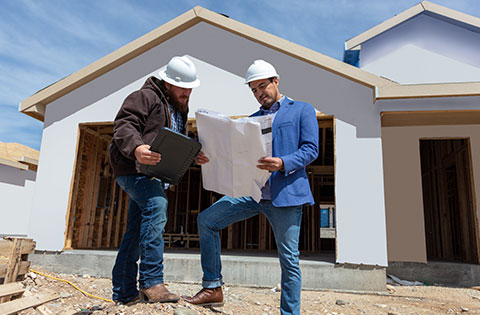Watch the live webcast of the International Code Council's Committee Action Hearings for Group A Codes.


Building Confidence,
Building Community®
Our mission is to provide the information, tools, and resources that members rely on, building safety professionals turn to, and the public trusts.
Learn MoreICC Newsfeed
News
-
Committee Action Hearings Webcasts – Group A #1 -
Registration Now Open for Preeminent Annual Building Safety Event Registration is now open for the International Code Council’s Annual Conference, Expo and Hearings to be held in Long Beach, California, from October 20-31, 2024.
Videos
-
March 5, 2024
IBS/KBIS 2024 -
February 29, 2024
Global Membership Council Governing Committee Meeting -
February 8, 2024
كود البناء نظرة عامة
Events
-
April 25, 2024 @ 3:00 pm
Empowering Regulators through Risk-based Building Classification Guideline -
April 29, 2024 @ 1:00 pm
ICC 605 IS-MHRRC Committee Meeting: Multi-Hazard Resiliency for Residential Construction (IS-MHRRC) Committee -
April 30, 2024 @ 11:00 am
Common Structural Issues Observed in Plan Check -
May 1, 2024 @ 12:00 am
Building Safety Month -
May 1, 2024 @ 9:00 am
2021 IRC Wood Wall Bracing (Online Live)

Live Chat















